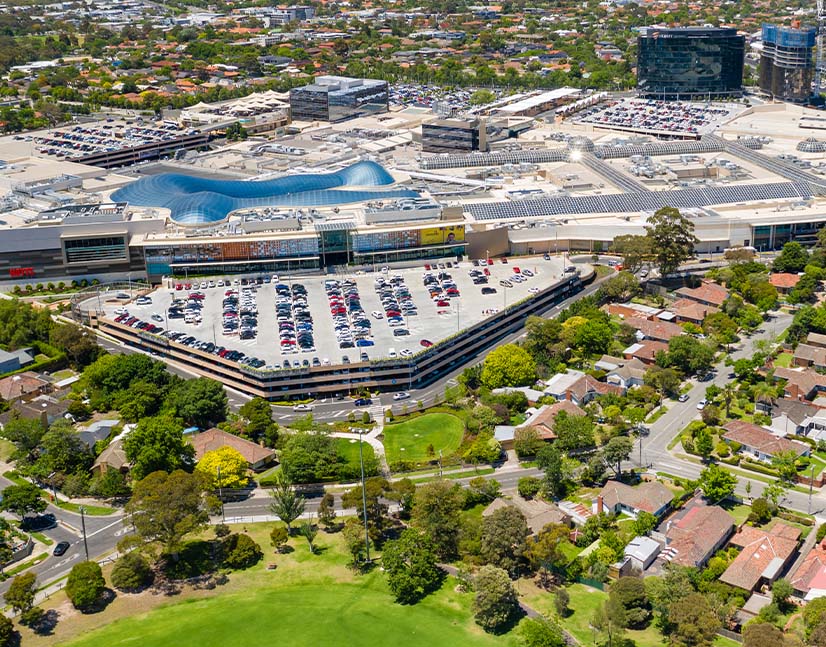
Purpose leads New Zealand sustainable finance takeup
Corporate borrowers in New Zealand are increasingly engaged with sustainable finance, most obviously fuelling a sustainability-linked loan boom. Westpac New Zealand’s Auckland-based head of sustainable finance, Joanna Silver, explains that greater understanding of the broad-based benefits of a credible environmental, social and governance strategy has helped attract companies to the market.
How do you rate the uptake of sustainable finance among New Zealand companies? What have you been most pleased to see develop and where is more attention needed?
It is evolving really fast, helped in huge part by the development of the sustainability-linked loan (SLL) market. SLL volume grew from NZ$50 million (US$34.6 million) in 2019 and NZ$100 million in 2020 to more than NZ$3 billion last year – outstripping the volume of sustainable bonds. We are at more than NZ$500 million of sustainable loans by early April 2022.
We have not seen the same degree of growth in the bond market over the last couple of years – it has been consistently at NZ$2.7-2.8 billion of labelled issuance in each year since 2019. However, given the numerous climate and sustainability risk pressure points on business, and the many opportunities for businesses to lead climate transition, we expect this number to start trending upward in a big way over the next 2-3 years – particularly as New Zealand Debt Management (NZDM) is progressing work to support the first sovereign green-bond issuance for New Zealand later this year.
The Climate Change Commission has said New Zealand needs NZ$34 billion of new capital in the next 13 years to finance the climate transition – and this number is only likely to increase. We expect the local sustainable bond market to play a big role in enabling this.
Looking specifically at issuer trends, we have seen a number of repeat issuers. This is fantastic because it builds confidence. We have also been able to develop new routes to market.
Helping Christchurch City Holdings (CCHL) obtain the first exemption from the Financial Markets Authority to issue a sustainable bond without a new product disclosure statement (PDS) was a significant development. This paves the way for other issuers to bring transactions to market with full investor disclosure but without the regulatory hurdle of a new PDS.
It has also been positive to see new issuers in the sustainable bond market – names like CCHL, Genesis Energy and Goodman Property. Here I would again highlight CCHL, because it shows the relevance of the market beyond the energy and property sectors. Its deal delivered diversity of assets, too – being linked to the construction of a fibre-optic network by Enable, one of CCHL’s portfolio companies.
You mention SLL growth and it is clear this product has been the primary focus of borrower attention in the past year or two. Why do you think the SLL product resonates so well?
SLLs have been a real game changer in the corporate space. There were 11 SLL borrowers in New Zealand last year compared with only two in the two previous years. Some of the SLLs have been really big, as well: Metlifecare, for instance, was a NZ$1.25 billion facility. There are a few reasons for the success of SLLs, all of which come down to the nature of the product.
SLLs open up the sustainable debt market to borrowers from a much wider range of sectors than have access to the traditional use-of-proceeds (UOP) market. Borrowers can also roll their SLLs out across more of their bank facilities as we have seen with Spark, Genesis and Contact Energy.
Another reason SLLs are popular is that they provide borrowers the opportunity to bring their short-to-medium term targets into the limelight. They can show to their stakeholders not only that they are committed to the targets but also that they have integrated them into the business in a meaningful way.
This timeliness is particularly important. The most recent IPCC [Intergovernmental Panel on Climate Change] report came out on 5 April, saying greenhouse-gas (GHG) emissions must peak by 2025 and almost halve by the end of 2030 if we want to limit warming to 1.5 degrees. Without immediate and deep emission reduction across all sectors, it will not be possible to achieve this.
We should not ignore the appeal for a borrower of reducing its cost of debt capital if it achieves its SLL targets. However, while discounts are meaningful they are probably not so material to be the core driver. We struggle when a borrower’s first question about sustainable finance is ‘what’s the pricing benefit?’ because it misses the nuance of the full suite of tangible and intangible benefits sustainable finance can deliver a borrower.
What do you tell issuers that are considering sustainable finance to convince them to make the commitment?
Having an SLL in place can really help with integration of sustainability into the business and help achieve goals. Due to the reporting requirements and the visibility of targets across the businesses, we see SLLs foster transparency and mainstream sustainability into risk management, corporate strategy and governance processes.
If the right targets are chosen – ones that are key for a borrower’s stakeholders – and they are sufficiently ambitious, announcing and running with an SLL can help the company build stronger, more values-based relationships with its customers and broader stakeholders. This includes staff: any committed action on sustainability will help increase ability to attract and retain staff who value sustainability – which most of them do.
Is there enough enough pressure on borrowers to engage with sustainable finance?
The role environmental, social and governance (ESG) is playing to encourage borrowers to consider sustainable finance is changing, and access to capital will increasingly be part of the reason. In New Zealand, this is becoming the case with bank debt as many banks are seeking to reduce their ‘financed emissions’ and engaging with customers about their transition plans.
The SLL can play an important role here, both to help the customer demonstrate its commitment to reducing emissions in an ambitious way and to enable the banks to get comfort that the emissions from their lending portfolios are reducing.
It is also worth noting that the regulatory environment in New Zealand is changing, specifically in the sense that climate risk disclosure has been mandated by the government.
This new regime will require disclosure of climate risks that are short- and medium-term as well as long-term in nature, and of all scopes of emissions – including scope-three or value-chain emissions. The reports have to be independently audited. This will lay out, with a lot of clarity, the systemic and strategic sustainability risks businesses face. It will move the dial, big time.
Having this information out in the open will drive more stakeholder focus. Helpfully, mandatory climate risk disclosure will position more borrowers for sustainable finance because issuers understanding their scope-three emissions and having their GHG footprint audited is core to setting SLL targets.
Once a borrower has an understanding of its material climate risks and has the underlying data audited, it is then just about setting up annual emissions-reduction targets and wrapping them into an SLL.
Remember, these targets cannot only be long-term net zero pledges – they have to be near-term. Even a 2030 target is beyond the tenure of the board and the CEO for many companies, and the IPCC report is now talking about 2025.
As lenders, we too need to have short-term, implementable targets. We are not alone. Most investors are moving toward deeper ESG integration – from just exclusions to ESG overlays.
Finally, another fundamental driver is the shift in focus by companies to meeting the needs of all stakeholders. The role of a company nowadays is about creating value for all its stakeholders and delivering long-term value for shareholders. The list of stakeholders is getting longer: it includes customers, staff, suppliers – of products, services and capital – regulators, media and the communities a company operates within.
Where do sectors that do not have a clear road to transition – or one that may require technological progress that is not currently available – fit in?
Given the need for all sectors to make immediate and deep emission reductions, we do not think any sector can afford to wait for the solution before setting its goals. Agriculture and aviation are good examples here. Leaders in these sectors are committing to deep emissions cuts. American Airlines was the first airline to have its 2035 emissions reduction target approved by the Science Based Targets initiative, in March 2022. Others may now follow.
If borrowers wait for silver bullets to solve their emissions problems they will miss a myriad of strategic or commercial opportunities. These could be investment opportunities, collaborative sector leadership initiatives, innovations or research that facilitate incremental improvement that could have a powerful cumulative effect.
Our view is that companies need to set emission-reduction targets and integrate sustainability into their businesses, even if they do not yet know what the full set of solutions looks like. Goal setting is part and parcel of human nature. When we set ambitious goals, and focus our efforts on achieving them with clarity and commitment, we can create tangible value for all stakeholders.

WOMEN IN CAPITAL MARKETS Yearbook 2023
KangaNews's annual yearbook amplifying female voices in the Australian capital market.












